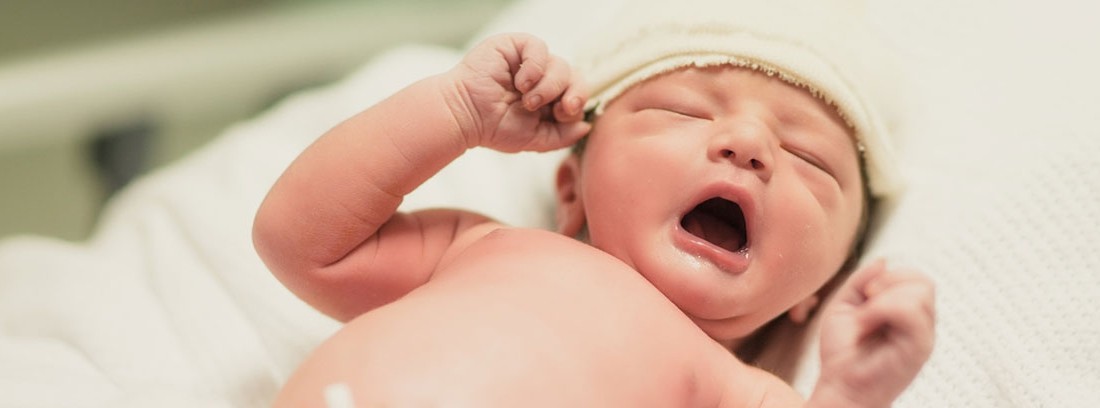Transient tachypnea of the newborn

It is a respiratory disorder that newborns can suffer shortly after delivery. It usually lasts for the first 24 hours of life. Also called wet lung of the newborn.
It can occur in the newborn at term and in the premature.
Causes of secondary apnea
During pregnancy, the lungs of the fetus are filled with fluid that fills them and helps them grow. When the baby is born, the labor and stress of childbirth and the pressure of the baby's chest on the birth canal, reabsorb and remove this fluid so that air can enter the lungs from the first breath.
In the case where lung fluid is not being removed properly (newborns less than 38 weeks gestation, cesarean section or diabetic mother), transient tachypnea of the newborn may appear.
Symptoms
The main symptom is that it is not normal, there is the presence of rapid and costly breathing of the newborn (more than 60 breaths per minute); symptoms begin at one or two hours after birth, and there are respiratory sounds (such as a whimper), rapid breathing, nasal flaring, and pulling (sinking with each breath of the ribs and sternum).
Diagnosis
The history of pregnancy and delivery is important. It is done to rule out other causes of lung problems, and a blood test is done to rule out infection.
Evolution and treatment
Any baby with respiratory problems at birth is admitted for observation.
The newborn can be help you breathe by giving you oxygen, intravenous feeding (so that you do not get tired when eating or because you breathe so fast that it makes feeding very difficult) and antibiotics until an infection is ruled out.
The evolution is favorable in most cases and babies improve 24 or 48 hours after delivery, presenting a complete recovery without sequelae.
(Updated at Apr 14 / 2024)